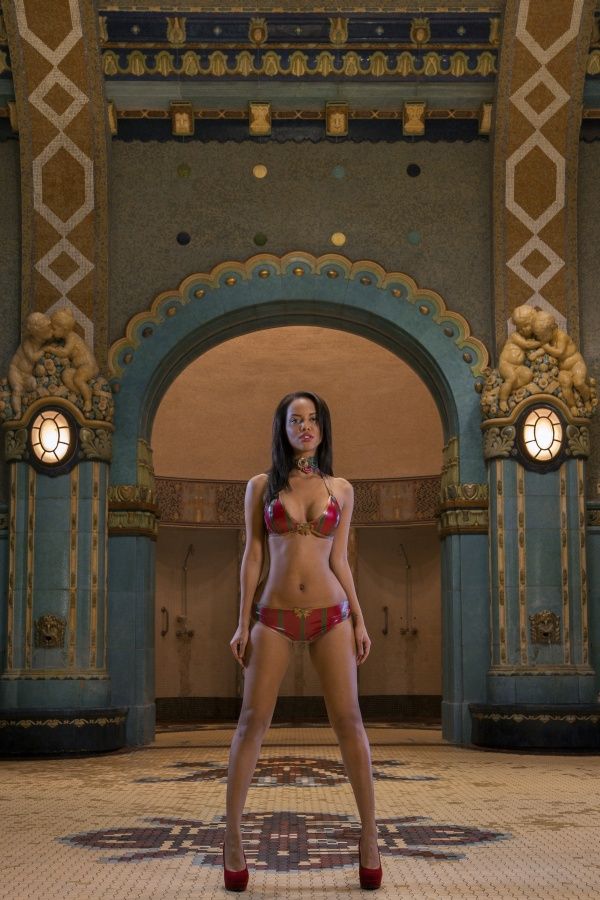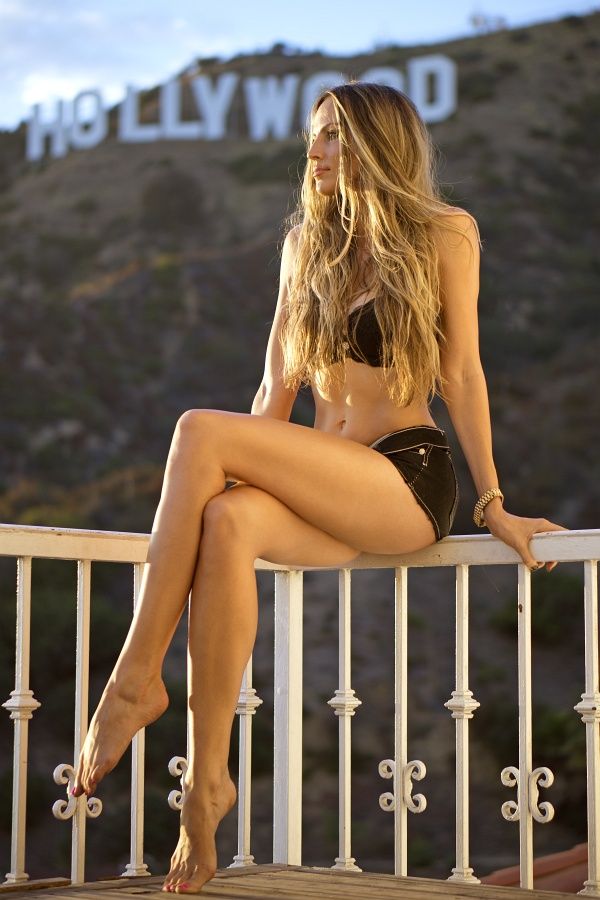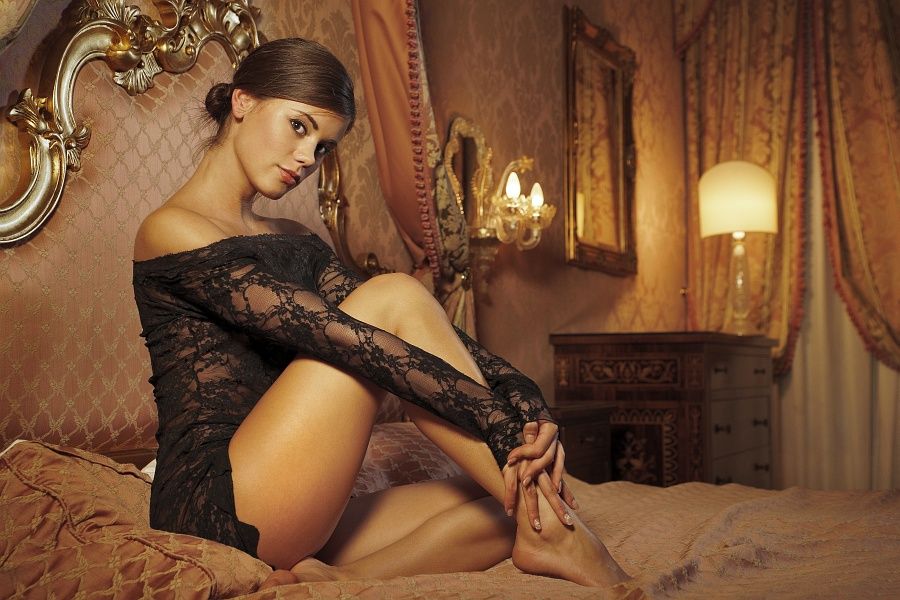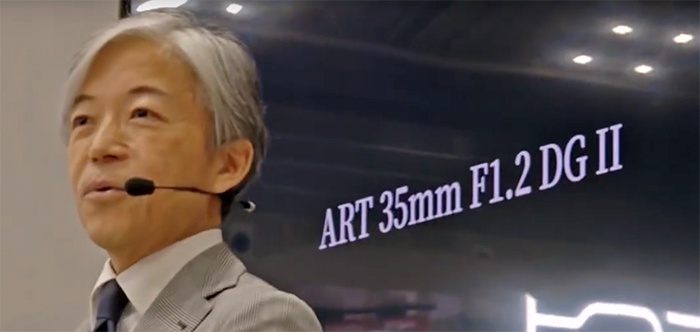Remember when cameras used to have mirrors? (Stefan Grosjean).

Image credit: Stefan Grosjean (www.stefangrosjean.com)
SAR readers Stefan Grosjean (www.stefangrosjean.com – attention nude pics on that website) is a 36 years old photographer from Switzerland, Europe, and specialized in nude and glamour photography. His photos are quite popular, reaching 30 million views on deviantART.com alone.
Nude photography as an art are concerned with aesthetic qualities and creativity; thus any erotic interest, although often present, is secondary (More about the history on Wikipedia). I am pleased to see that Stefan uses Sony cameras for his work. This is the text he sent me to introduce his work:

Image credit: Stefan Grosjean (www.stefangrosjean.com)
Stefan Grosjean:
10 years from now your classic DSLR will maybe only be a niche product targeted at older photographers who want to keep working with the system they used their whole life. But if a rookie comes into the camera store they will probably recommend a DSLM camera for him.
“What is DSLM?”, asks the customer.
“It’s short for digital single lens mirrorless”, replies the seller.
“Why would my camera have a mirror?”, asks the customer, “and why is it called ‘single lens’? I want a camera with interchangeable lenses!.”
Yes, DSLM is a bid of a weird name, that only makes sense if you know the history behind it. It’s called ‘single lens’ because before there were cameras with a mirror, a camera needed a second lens for the viewfinder. But today every camera on a smart phone is a “single lens camera” and the term is not really that meaningful anymore. And the same goes for the “mirrorless” part. And smart phone camera doesn’t have mirror. So why do you name a camera after what it doesn’t have and why do you call it single lens when one of its best features is that you can use more than a single lens?
I started as an ambitious amateur in 2008 with the first DSLM on the market, which was [shoplink 19992 ebay]Panasonic’s Lumix G1[/shoplink]. Since I was shooting beautiful women I had a large growing audience, but sometimes people’s comments on my photos were “good model, bad image quality”. After two years of this I switched to a full frame camera, which was the Canon 5D Mark II with the Canon 24-70mm f2.8 lens. Since I always missed the electronic viewfinder, I immediately switched to [shoplink 14165]Sony’s Alpha99[/shoplink] when it came out late in 2012.

Image credit: Stefan Grosjean (www.stefangrosjean.com)
Looking back from today I have to say the two years I worked with the classical DSLR camera were an absolute low point in my creative career. Don’t get me wrong! I see a lot of photographers who take better pictures than I do and they make it with a classical Canon or Nikon DSLR. I’m a big admirer of those photographers not only for their beautiful pictures but also because they can do it with a DSLR, which is in my experience much harder.
In the last few years the electronic viewfinder was sometimes criticized for not giving you the real picture. But it’s actually the other way around, isn’t it? When I shoot with the Sony a99 I see exactly what the result looks like in the viewfinder. I often work with quite complicated lighting setups involving five or more flashes. In a setting like this chances are high that not all flashes fire every time. Working with the Canon equipment was very stressful for me because of this. Let’s say I’m in the middle of the shooting and all of a sudden the magic happens, by which I mean the model strikes a perfect pose – a pose she will probably not be able to redo in this perfection later. So now are those few seconds where I can get that particular shot we did all this preparation for. But with a DSLR I constantly have to make very difficult and incredibly stressful decision: Should I go with the flow and keep on pressing the shutter to make sure we get a few variations of the perfect pose or should I stop the flow and take the camera down and wait for the picture to appear on the little screen to make sure all the flashes are firing the way they’re supposed to, but ultimately risking that the perfect pose is gone forever.
With an electronic viewfinder I don’t have to worry about this. Not only is the shooting much more enjoyable for me like this, I’m also getting much more and better pictures because I can see right in the viewfinder if there’s a problem.
If you’re following Sony Alpha Rumors you probably know that the a99 still has a mirror. As you know it’s a special mirror that doesn’t move and it’s also semitransparent. But sometimes not everybody seems to understand why it’s there in the first place. It has one purpose and one purpose only: to direct light to the phase detection autofocus. This was maybe the best solution for a camera that hit the markets last year but it never was an ideal solution, simply because it takes away approximately one sixth of the light that reaches the sensor and it can also produce a small amount of scattered light.
Sony of course knew this and that’s why they built the RX1 which is a full frame camera without phase detection autofocus and therefore without any kind of mirror. So yes, it’s true, the RX one has a little bit better image quality than Sony’s flagship a99, but the a99 has a phase detection autofocus which is supposed to be faster especially in low light conditions.
But for my kind of work it has another huge disadvantage: the autofocus fields are all in the center. But because I take a lot of full-bodied pictures the face of my models usually ends up more towards the corners, which means I have to pan the camera after autofocusing. And with this I lose what I’m supposed to win with the PDAF: very fast and very accurate focus.
For a photographer like me the current rumors about the new Sony system, be at “Alpha” or “Nex” is very exciting. We are looking forward to see the first full frame camera that has no mirror whatsoever, interchangeable lenses and a fast and reliable autofocus right on the sensor – it’s going to be a milestone. Sony is about to write history.
Stefan Grosjean.
(www.stefangrosjean.com)
———–
If you want to write an article for SonyAlphaRumors please contact me (Andrea) at sonyalpharumors@gmail.com. Thanks!


